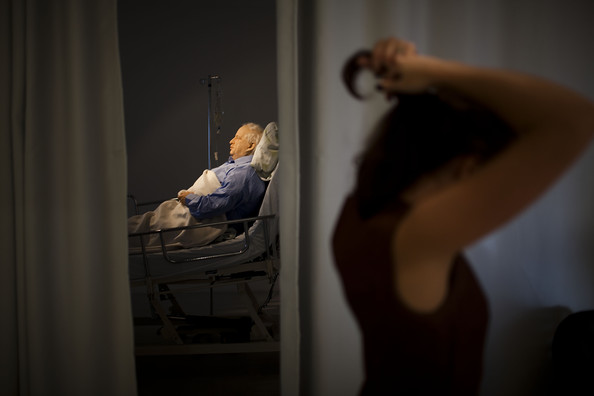Me and the missus are getting down to some serious death planning. There’s no best time of life for doing this, of course, so long as you get it done afore ye croak. And the more I think about it, the more clearly I can see that it’s not an activity whose end result is, phew, done it. No, I think that once you start you need to, want to, keep at it, continuously revising, adding, elaborating. Which is why I’d now have all children start making death plans at the age of 8, and do something useful in their PSHE lessons. When’s too soon to introduce Mortality to the curriculum?
The process is going to be interesting and tedious. We are impelled by necessity mostly, of course, or thoughtfulness to put a positive spin on it: we don’t want to be remembered by higgledepiggledness and fly-blown filing systems. So there are the who-gets-what decisions to make, the legal stuff, and also the horrible physical phase towards the end to strategise – the advance decision to refuse treatment, powers of attorney, then, when we’re done, organs, tissues and carcass disposal. And that’s not all.
Our relicts will want to commemorate us, we reckon, in their own way, and we shall encourage them to think about the myriad ways they can do that, giving not a fig for convention. I really don’t know that any of those ‘what he/she would have wanted’ considerations apply when you’re dead, bar the religious/superstitious ones, and we don’t have any of those.
So we’ll leave it to our relicts to decide if they want or need to have funerals for us. That’ll probably depend a lot on the nature and duration of our separate demises and how they feel about us after we’ve been wheeled away with a sheet over our heads – a matter, for us, of just deserts.
What, after all, is the value of a formal secular funeral shorn of all theological rationale? It is but a symbolic farewell event and also a commemorative event. Well, there are lots of ways of saying a one-off last goodbye, just as there are uncountable ways of commemorating someone. In any case, commemoration is ongoing, lifelong, both solitary and communal. It is about contemplation and recollection with added celebration or denunciation. We start doing that when people who mean something to us are still alive. When they’re dead it’s the type and degree of missing that makes all the difference – or the type and degree of animosity.
It’s a tendency of secular funerals to try to get too much done. Done, I suspect, and dusted. Some funerals resemble holiday suitcases, bulging, straining at the zip, bursting with biography and favourite tunes. Secular funerals are best when they’re not busy, when they’re not trying to get everything tidily, comprehensively bundled; when they’re reflective and contemplative and touch on the essence of somebody. Most of them need to leave more out.
Having in mind that when the history of the world is written neither my wife nor I will get a mention, not even in a footnote, we don’t feel a great debt to posterity. It’ll be nice, though, to leave behind letters to people. Nice and necessary.
Where my two nieces are concerned my exemplar is going to be Richard Hoggart’s Memoir for our Grandchildren, published in Between Two Worlds. It’s not a grandiloquent memoir. Far from it. It is an account by a working class orphan of those members of his family that he knew in childhood. It’s family history. It tells his grandchildren where and who they came from – it’s genetic geography. And it’s important, because what we learn about blood relatives tells us a lot about ourselves and it’s necessary knowledge, as any adopted person will attest. Hoggart writes beautifully in a plain, objective style and I recommend this book to you.
Hoggart writes formally and chronologically. This morning I stumbled on a less formal sort of memoir, the nang seu ngam sop. Nang seu ngam sop? The traditional Thai funeral ceremony book. In the words of the Wall Street Journal:
In Thai funeral tradition, books about the deceased are printed and distributed to people who come to pay their respects. Some are thin pamphlets, others, large volumes. The practice, mostly for those in the middle or upper classes, gained popularity in the 1880s and reached its peak in the mid 1900s. Within its pages are poems, personal writings — and recipes.
I really like the idea of this sort of ragbag miscellany. A fine commemorative and biographical item easily bashed out on a home printer. Greatly to be preferred to the sound of a celebrant revving up to 180 words a minute then blurting “XXXX was born on…”


